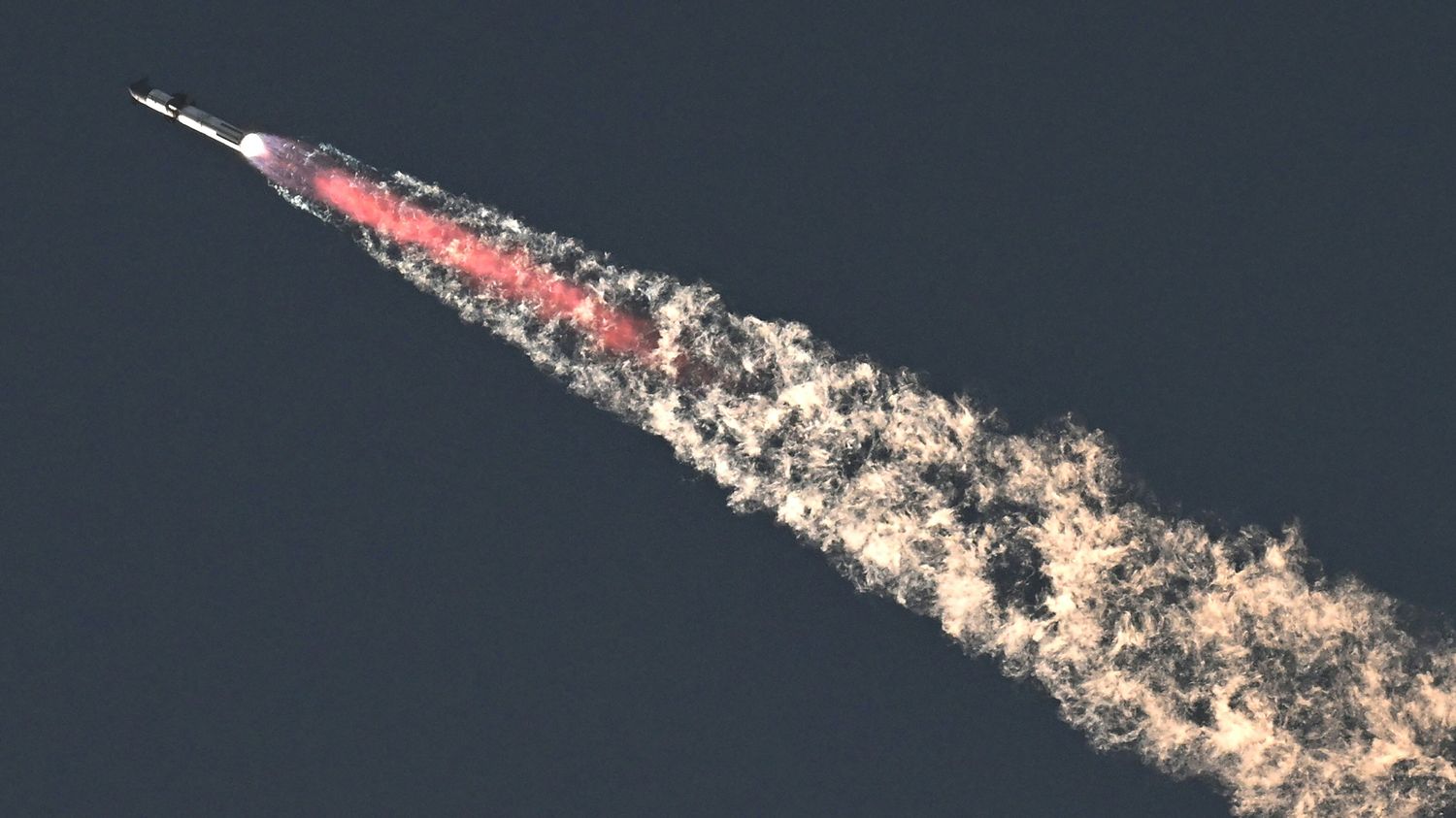The company SpaceX had to initiate the self-destruction of the Starship rocket, because it threatened to come back down to Earth somewhere other than the planned location for its landing.
Published
Reading time :
1 minute

After a successful liftoff and separation operation, both stages of SpaceX’s Starship rocket finally exploded on Saturday, November 18, 2023 afternoon. “Even if it’s not 100% a success, it’s progress”analyzes Marie-Ange Sanguy, editor-in-chief of the magazine Espace et Exploration.
The Starship and the propulsion stage experienced a “rapid unplanned disassemblyaccording to SpaceX, at around 140 km altitude, which would have led the company, according to Marie-Ange Sanguy, to launch its self-destruct to prevent it from coming back down not nominally, where it was planned, but almost anywhere in an inhabited area.”
“Everything worked correctly on takeoff”
Despite the destruction of the rocket, as during Starship’s first test flight last spring, “it’s not a failure because there are a lot of things that have been validated today in terms of the modifications that they have undertaken: whether it’s the firing point, the separation, … All that , it was big modifications and it worked perfectly. And then, all 33 engines fired together and everything worked correctly on takeoff.”
According to Marie-Ange Sanguy, the flight data will be analyzed to “understand why the Starship itself did not continue its course, did not make its little orbit before resting, to analyze it and then make the necessary modifications so that the third shot is finally the one which qualifies all that part.”
